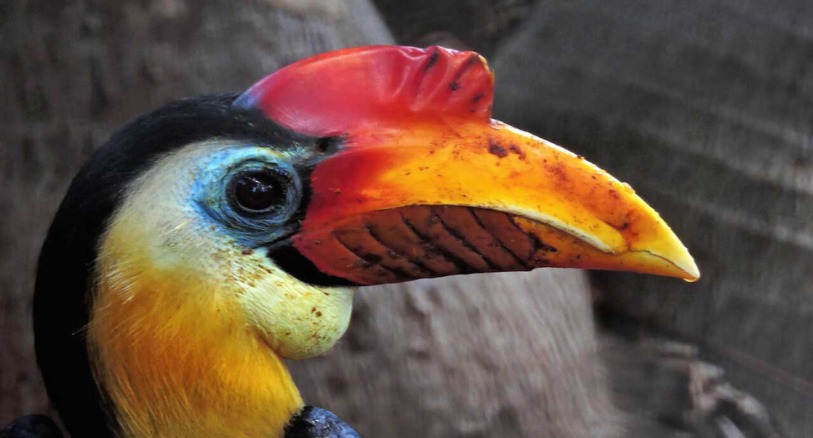
Hornbills are usually found in the evergreen forests of the lowlands, up to an altitude of 1000 meters. They can be found in Thailand, Malaysia, and Borneo.
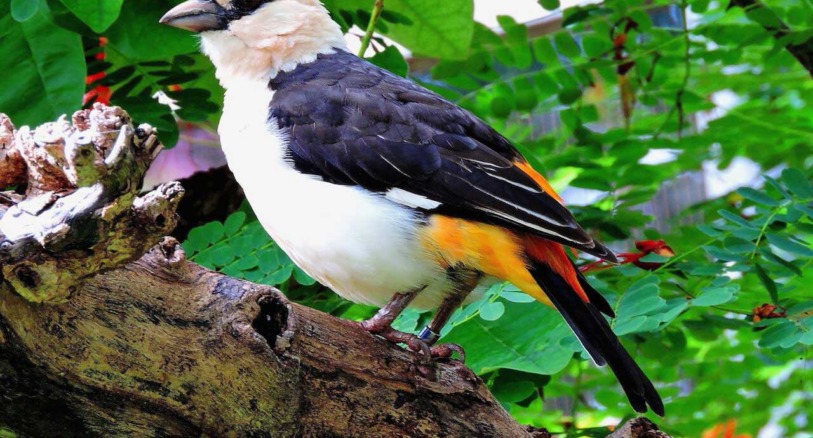
Buffalo weavers nest in open, loose colonies. The nest is built high in a tree in a fork of branches. It is a large, rather untidy structure of twigs and coarse grasses, the short tubular entrance being on the bottom.
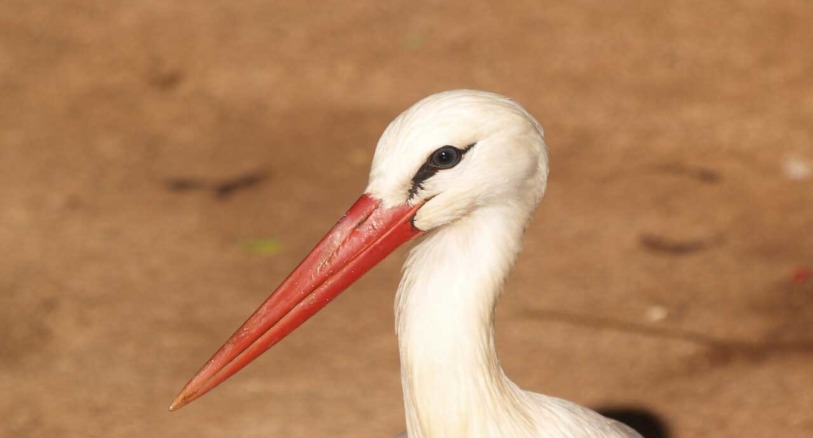
There are 17 species of storks, all with stout bodies, long slender legs and slightly webbed short toes. Their claws are blunt and nail-like. Like birds of prey, young storks have two successive coats of down.
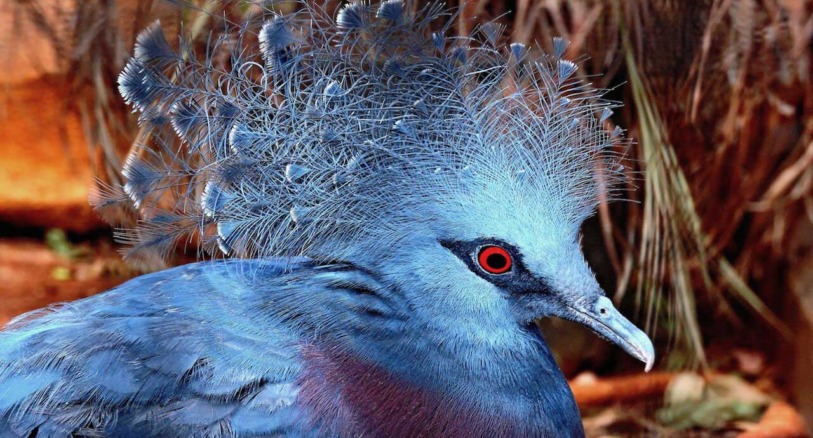
The crowned pigeons, belonging to the family Gourinae, are large blue-gray birds with deep maroon below. These birds begin the morning with a chorus of calls before the flock sets out to feed and drink.
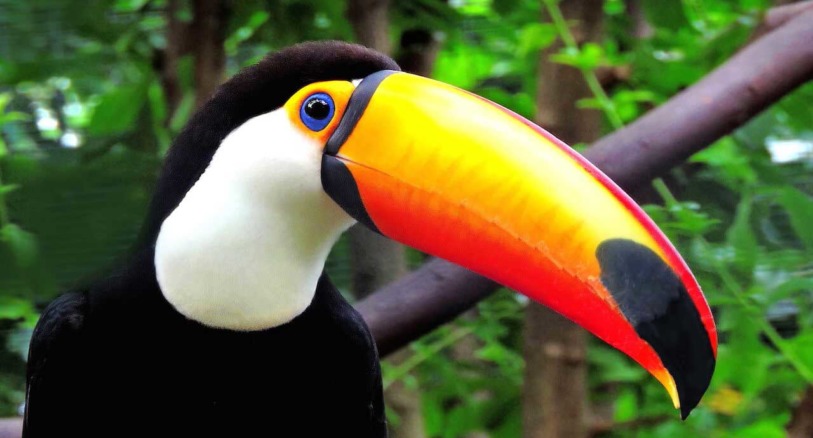
Toucans are found in tropical and subtropical forests in South America;, mainly in Brazil, Paraguay Argentina, and Bolivia. There are about 40 different species of toucans.
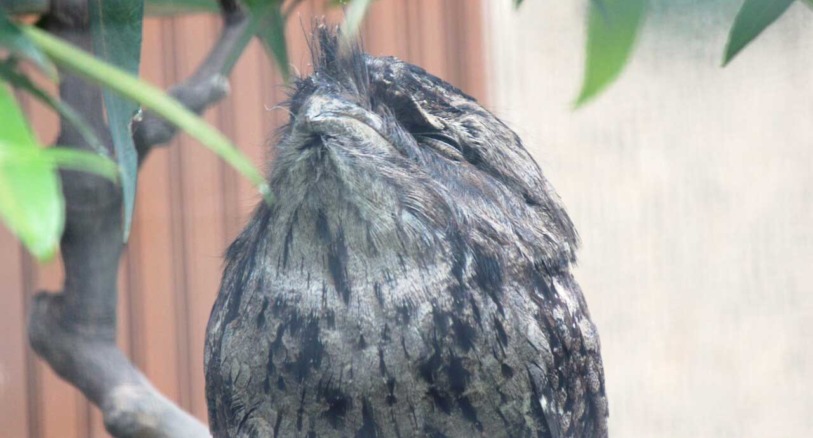
During the day frogmouths sleep perched lengthwise on a branch with their heads up and their eyes closed. Their color so matches the branch that they look like part of it and are almost impossible to see.
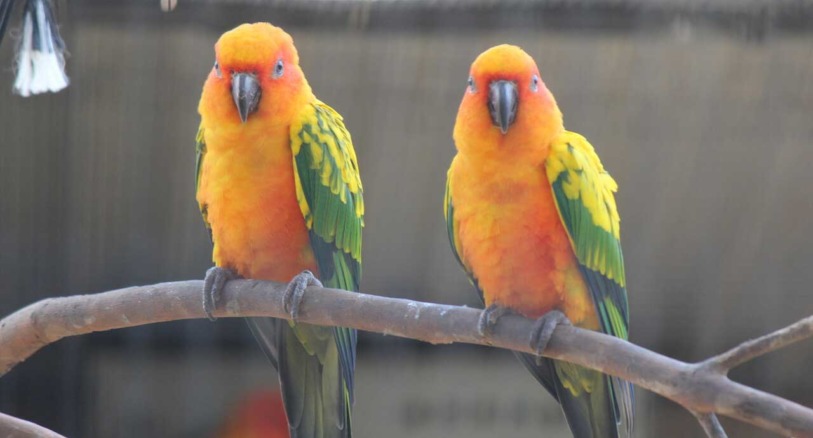
The flight call is a shrill disyllabic screech, repeated a number of times in rapid succession. They are also known to have a thin, high pitched wheezy note, and while perched they may emit typical chuckling sounds.
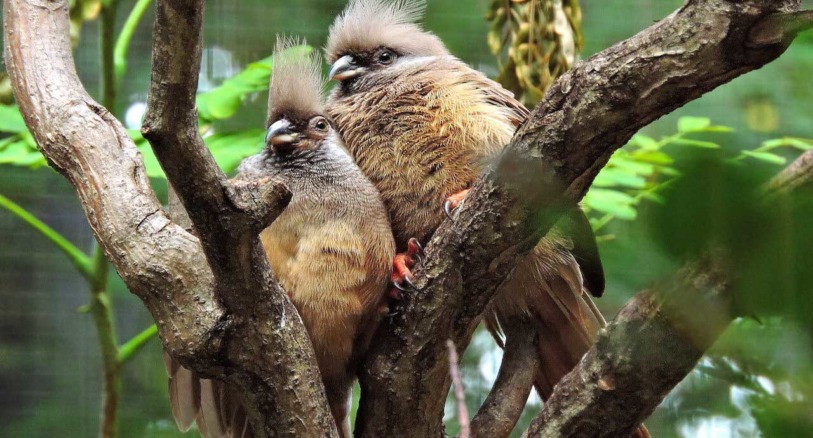
They are predominantly brown in color and have a head crest of the same coloring. Its bill is black on the upper part and a pinkish color on the lower part of the bill.
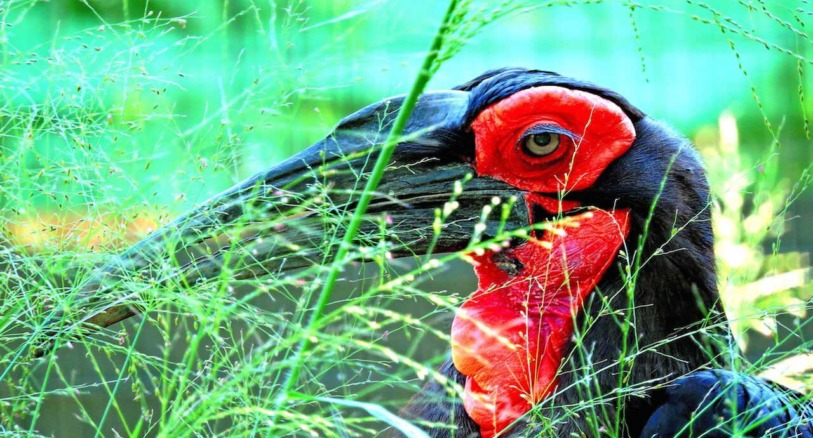
The African ground hornbill inhabits the African savanna south of the equator. Ground hornbills prefer steppes and savannas with a fairly low grass growth, which makes the search for food easier.
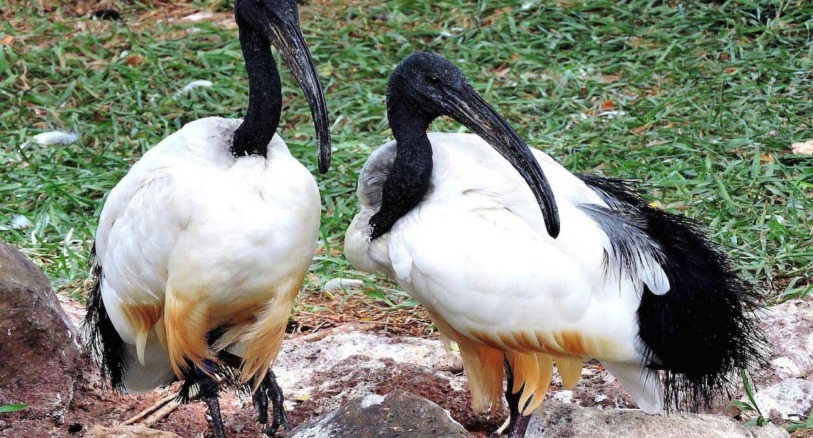
Sacred Ibises are common in East Africa and are found throughout Africa south of the Sahara. They frequent marshes, swamps, riverbanks, pastures and plowed fields.

